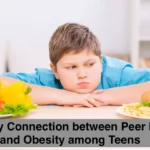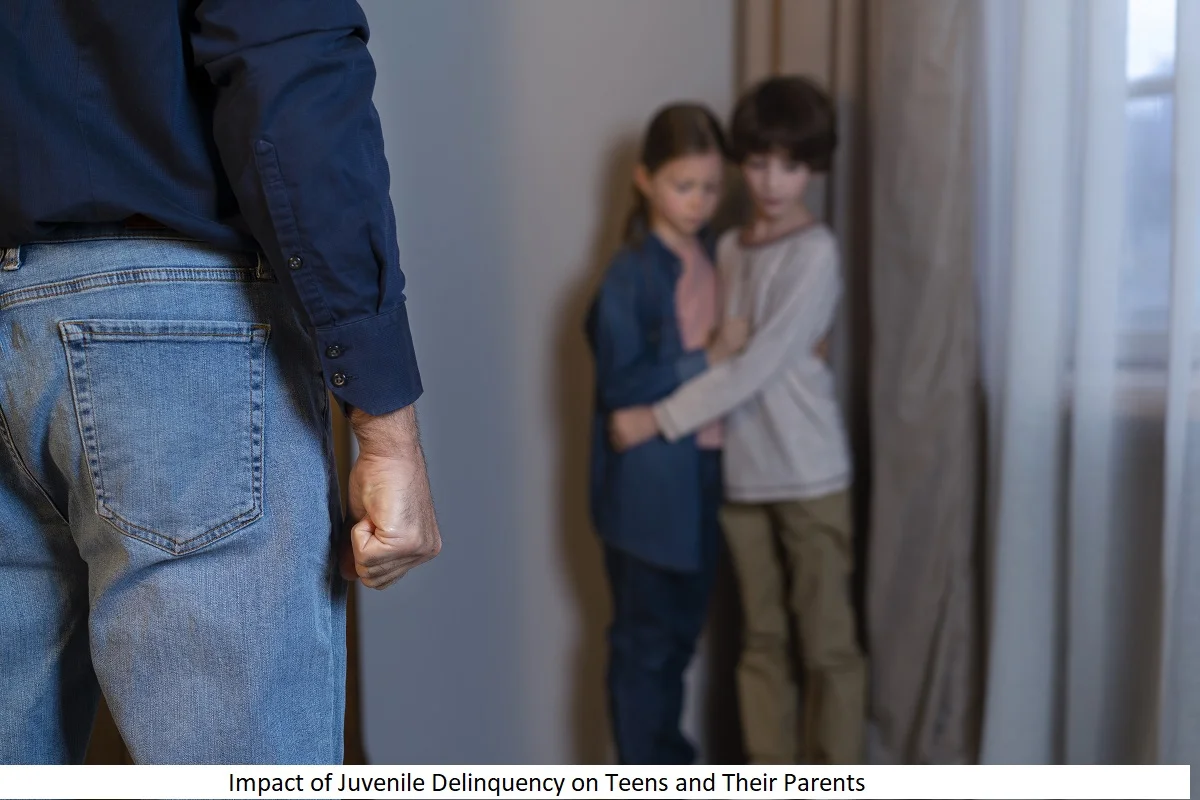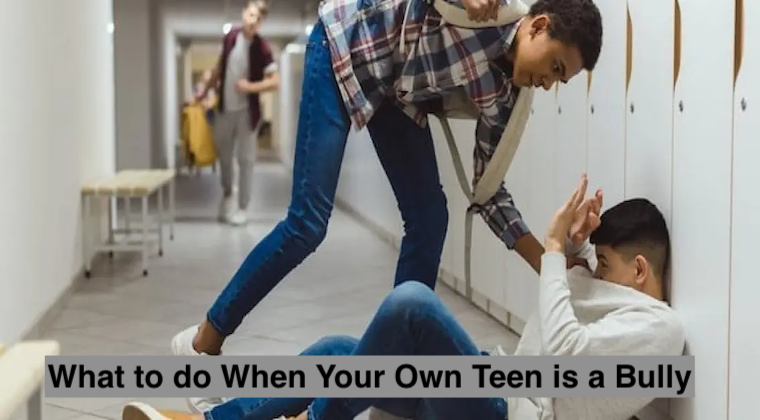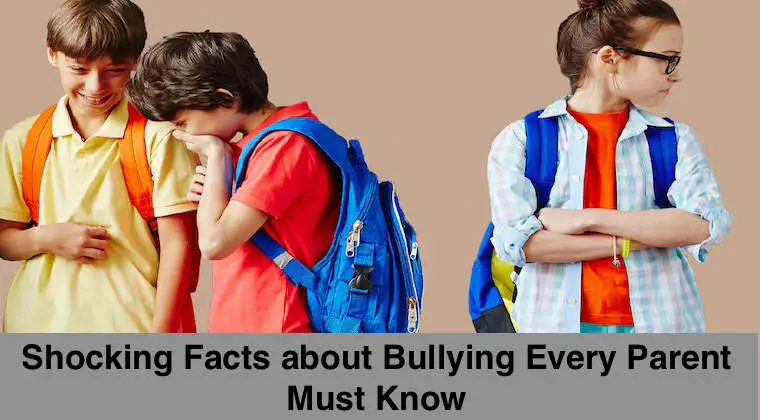uvenile delinquency—a term that encompasses illegal or antisocial behaviors by individuals under 18—poses significant challenges not only to the teens involved but also to their families. When adolescents engage in delinquent activities, the repercussions ripple far beyond legal troubles. They impact emotional well-being, relationships, and the future prospects of everyone involved. For parents, the situation can be equally distressing, leaving them grappling with guilt, societal judgment, and uncertainty about their child’s future.
This article delves into the far-reaching consequences of juvenile delinquency, shedding light on its effects on teens and their parents. By examining real-world statistics, psychological insights, and actionable solutions, we aim to paint a comprehensive picture of how such behaviors shape families and communities.
Understanding Juvenile Delinquency
Juvenile delinquency refers to behaviors by minors that violate the law or societal norms. These behaviors range from petty crimes like shoplifting to more serious offenses such as assault or drug trafficking. While delinquency often stems from complex factors like family issues, peer pressure, or socioeconomic challenges, its prevalence remains a pressing concern.
Key Statistics:
- According to the Office of Juvenile Justice and Delinquency Prevention (OJJDP), approximately 728,280 arrests were made in the U.S. for juveniles in 2018, with property crimes and drug-related offenses among the most common.
- The recidivism rate for juvenile offenders is alarmingly high, with around 55% of juveniles reoffending within a year of release from detention centers.
Understanding these numbers highlights the urgency of addressing delinquency at its root causes to mitigate long-term consequences for teens and their families.
Effects on Teens
The consequences of engaging in delinquent behavior are profound and long-lasting for teenagers. Beyond the immediate legal implications, the impact extends to their emotional, academic, and social lives.
1. Emotional and Psychological Impact
Juvenile delinquency often leaves teens grappling with guilt, shame, and anxiety. Being involved in the justice system can lead to stigmatization, causing a drop in self-esteem and further alienating them from peers and family. Research indicates that teens who experience detention are more likely to suffer from depression and other mental health issues compared to their peers.
2. Academic Consequences
Involvement in delinquent activities disrupts education. Arrests or time spent in juvenile detention often result in missed school days, leading to academic underperformance or dropping out altogether. A report by the U.S. Department of Education reveals that students involved in the justice system are 55% less likely to graduate from high school.
3. Risk of Recurring Offenses
Teens who engage in delinquent behaviors often struggle to break free from the cycle. The social stigma of being labeled a delinquent, coupled with limited educational and job opportunities, increases their likelihood of reoffending. This creates a vicious cycle that is difficult to escape without proper intervention.
Effects on Parents
Parents of delinquent teens face their own set of challenges, ranging from emotional distress to financial burdens. The ripple effect of juvenile delinquency can strain family dynamics and leave lasting scars.
1. Emotional Toll
Many parents experience overwhelming guilt, wondering if they failed to provide proper guidance or support. This guilt is often accompanied by stress, anxiety, and even depression as they navigate the legal system and societal judgment.
2. Financial Strain
The cost of legal representation, court fees, and potential restitution payments can place a heavy financial burden on families. For many, these unexpected expenses can lead to significant financial instability.
3. Stigma and Judgment
Parents of delinquent teens often face harsh judgment from their communities. The stigma of raising a child who has broken the law can lead to social isolation and a sense of helplessness.
Case Studies and Real-Life Examples
Case 1: Sarah’s Story
Sarah, a 16-year-old from a suburban neighborhood, was arrested for shoplifting. Her parents, overwhelmed by the legal process, struggled to pay attorney fees while balancing their jobs. Sarah’s father shared, “We felt like failures as parents. The community looked at us differently, and Sarah’s grades plummeted after the incident.”
Case 2: Mark’s Journey
Mark, a 15-year-old who joined a local gang, was caught vandalizing property. After several sessions with a counselor, it was revealed that Mark turned to delinquency due to neglect and a lack of positive role models. With rehabilitation programs, Mark was able to redirect his energy into sports and community service, eventually reconnecting with his family.
Breaking the Cycle of Juvenile Delinquency
1. Early Intervention
Programs focused on identifying at-risk youth and addressing underlying issues like family conflict or academic struggles can prevent delinquent behaviors. Initiatives such as mentoring programs and after-school activities provide constructive outlets for teens.
2. Parental Support
Parents play a crucial role in steering teens away from delinquency. Open communication, consistent discipline, and emotional support are vital. Parents can also benefit from counseling or parenting workshops to better navigate challenges.
3. Community and School Involvement
Schools and community organizations must work together to provide resources like counseling, skill-building workshops, and restorative justice programs. When teens feel supported and valued, they are less likely to engage in harmful behaviors.
For more parenting tips on guiding teens, visit Best Childcare Tips.
Global and Cultural Perspectives
Different societies tackle juvenile delinquency in unique ways. For instance:
- Norway focuses on rehabilitation over punishment, with facilities that resemble dormitories rather than prisons.
- Japan emphasizes family counseling and community involvement to address the root causes of delinquency.
By studying these approaches, other nations can adopt strategies that prioritize prevention and rehabilitation over punitive measures.
Resources and Support
If you’re a parent navigating the challenges of juvenile delinquency, remember that support is available. Here are some resources:
- Counseling Services: Seek professional guidance for both teens and parents to address emotional and behavioral issues.
- Educational Programs: Look for workshops and resources like those offered by Best Childcare Tips to better understand and tackle delinquency.
- Community Organizations: Engage with local nonprofits that specialize in youth rehabilitation and family support.
Conclusion: Building a Path Forward
The impact of juvenile delinquency extends far beyond the individual. It affects families, communities, and society as a whole. By understanding its causes and consequences, we can take proactive steps to support at-risk teens and their parents. Through early intervention, community involvement, and a focus on rehabilitation, we can break the cycle and create a brighter future for our youth.
Remember, every challenge is an opportunity for growth. With the right resources and support, families can overcome the hurdles of delinquency and foster resilience, hope, and change.










